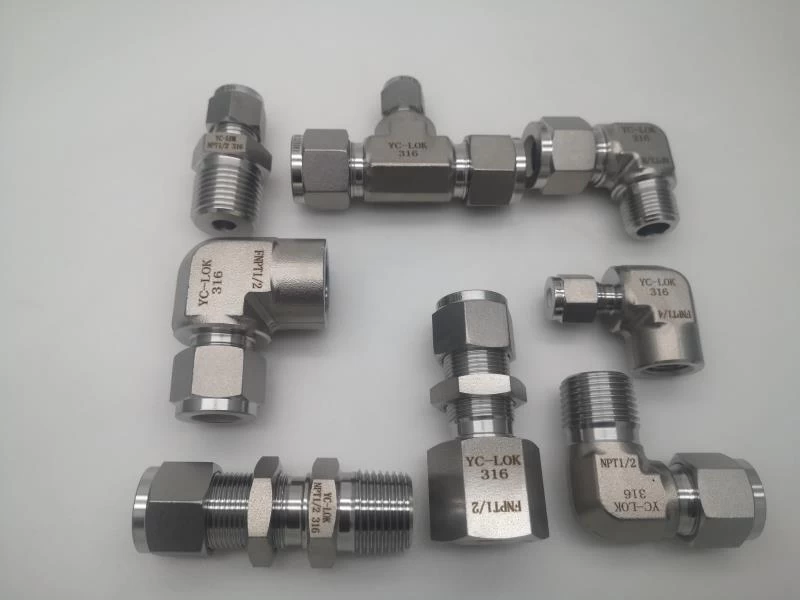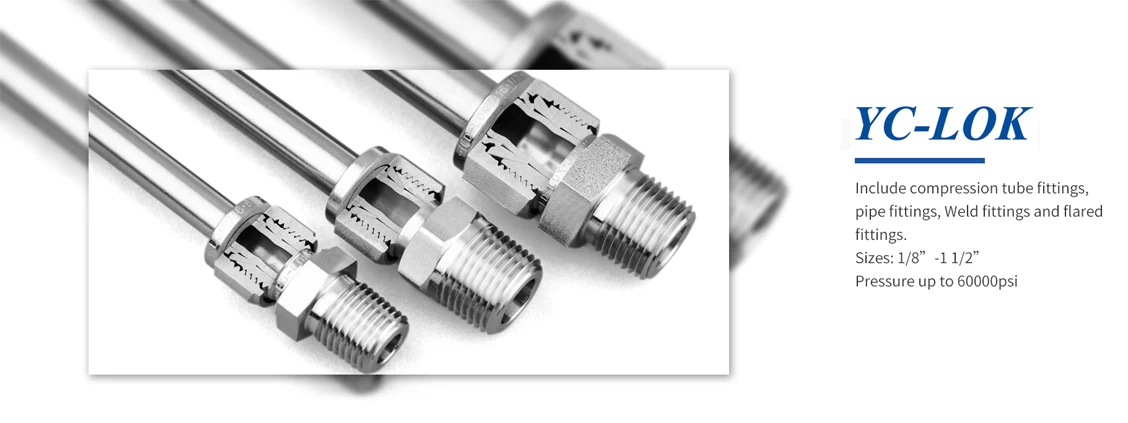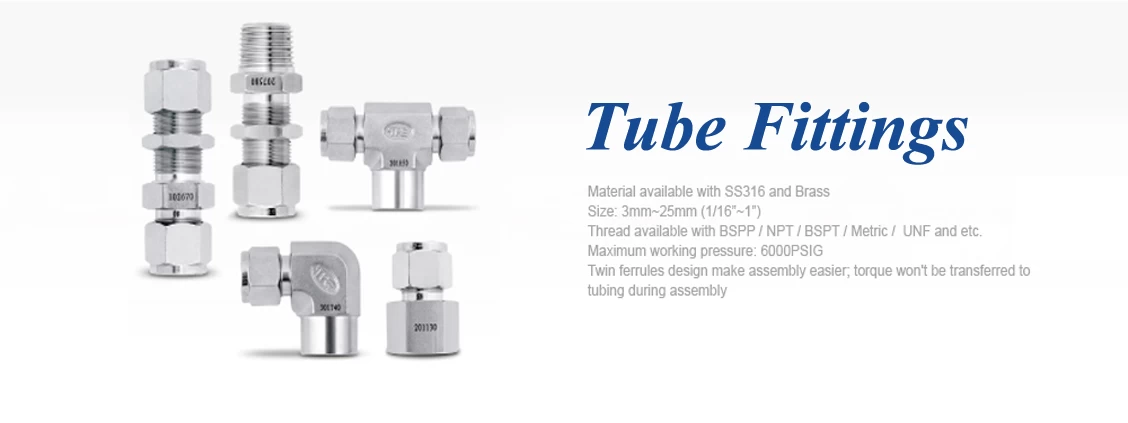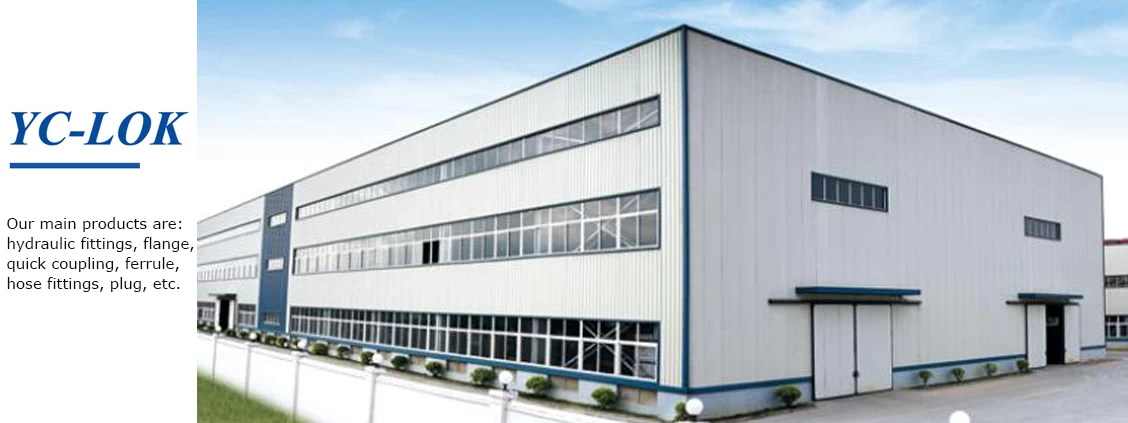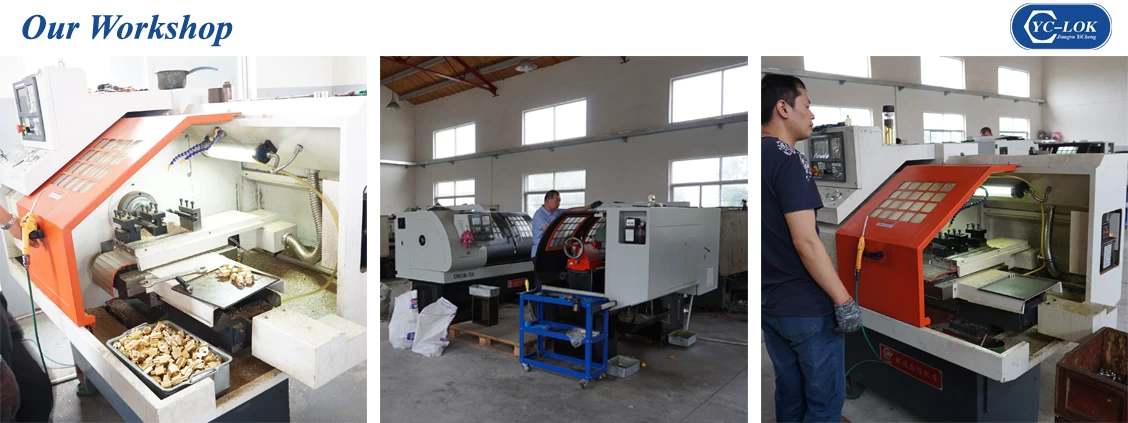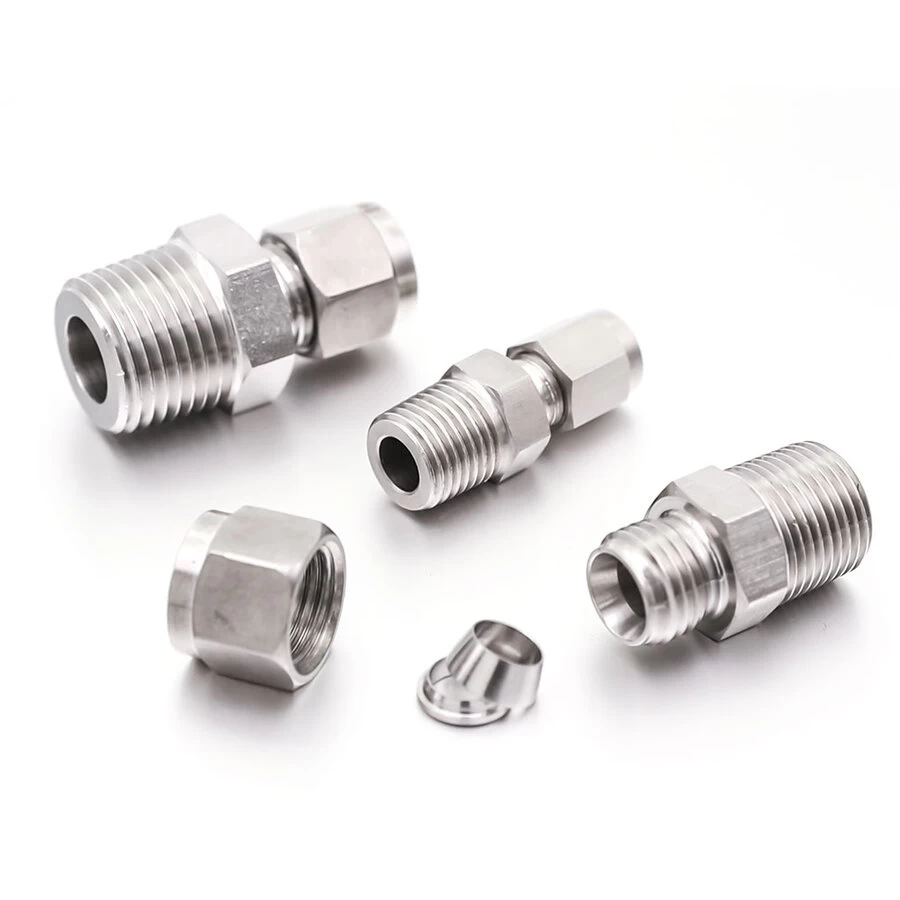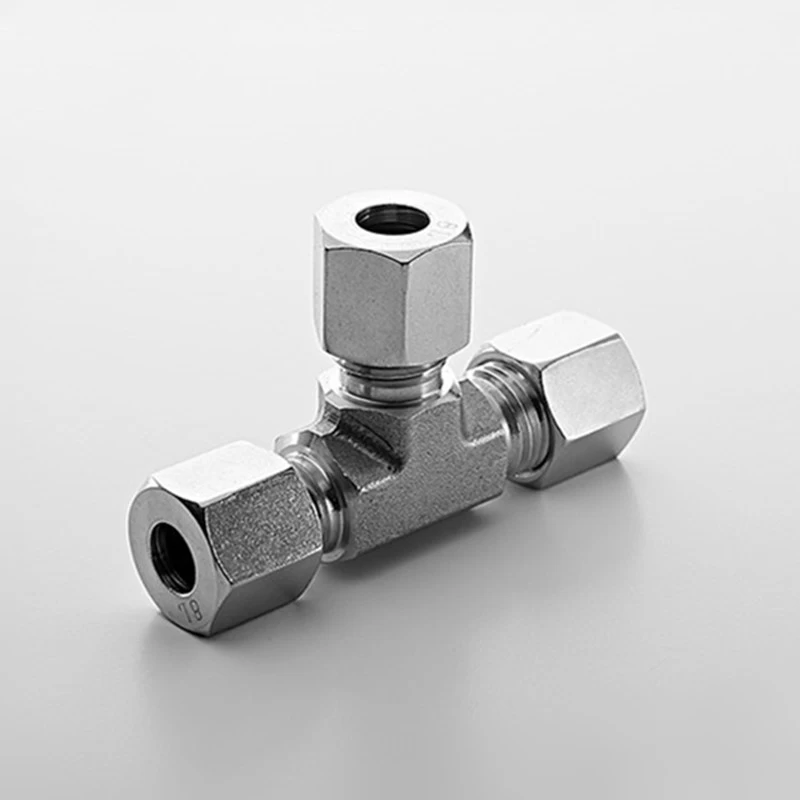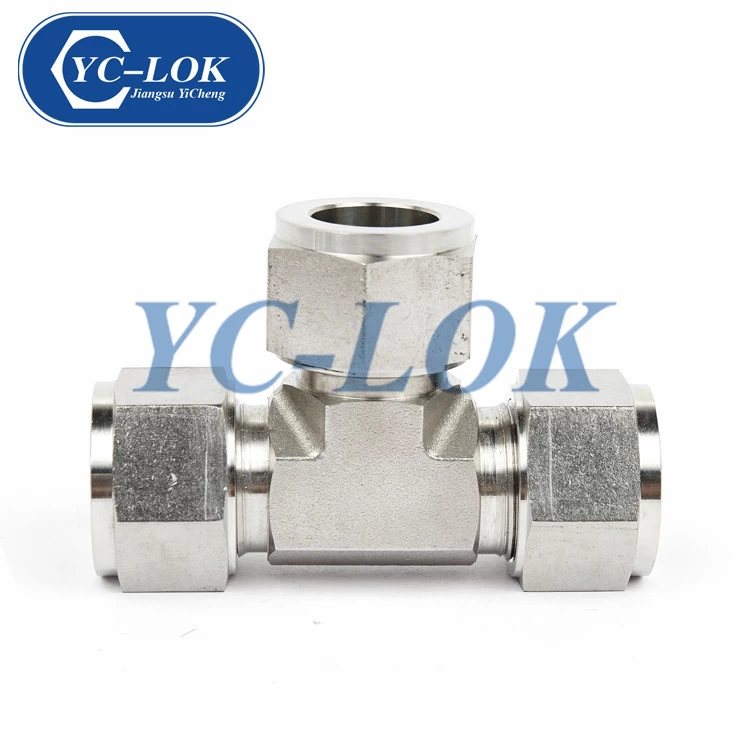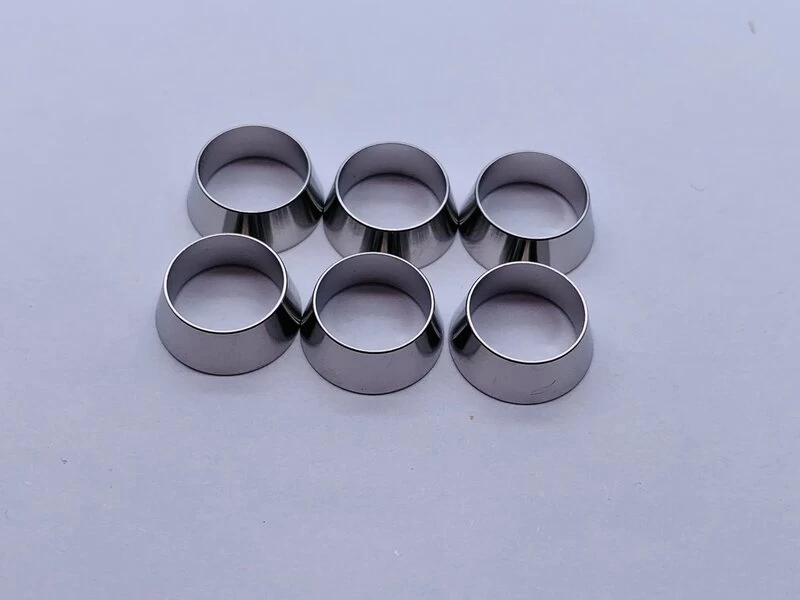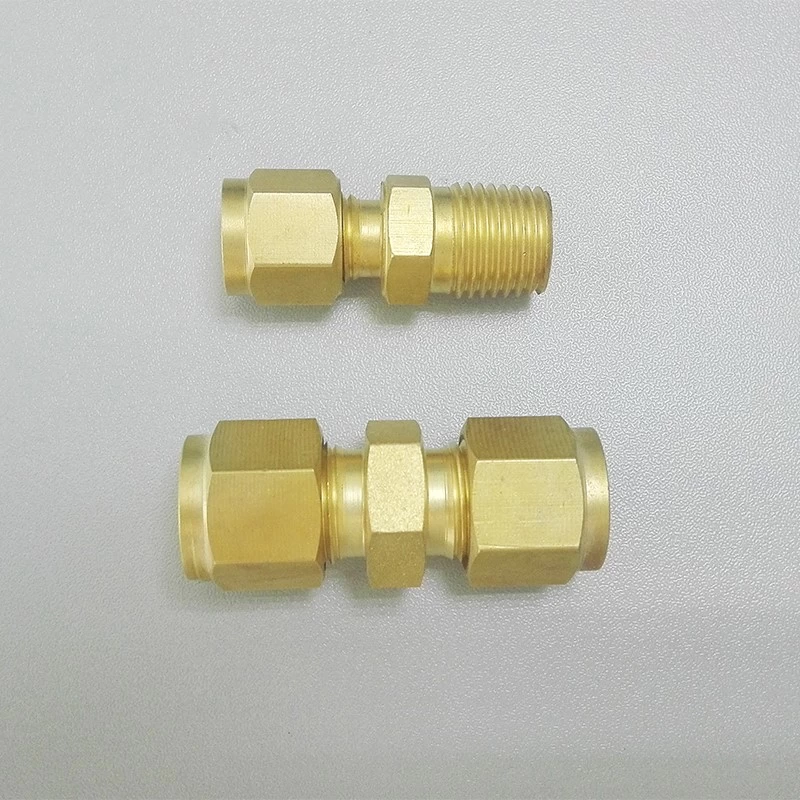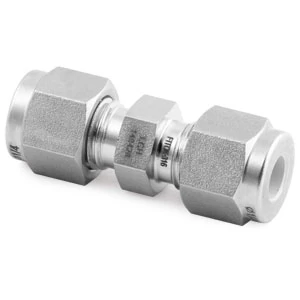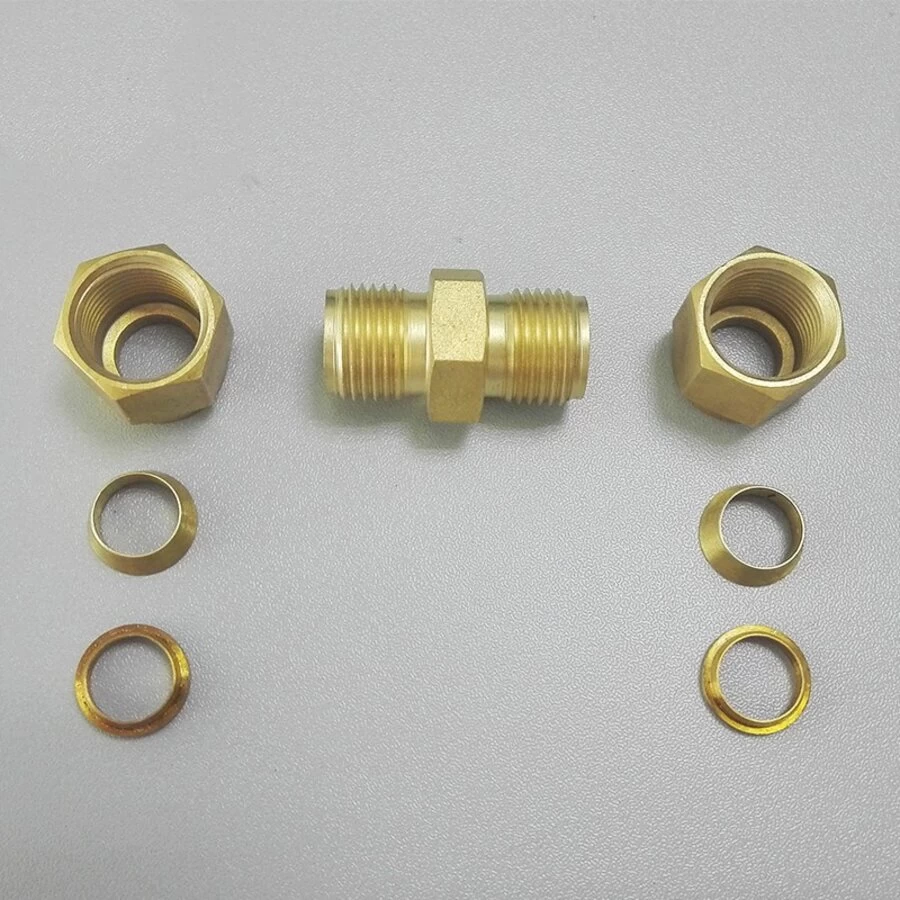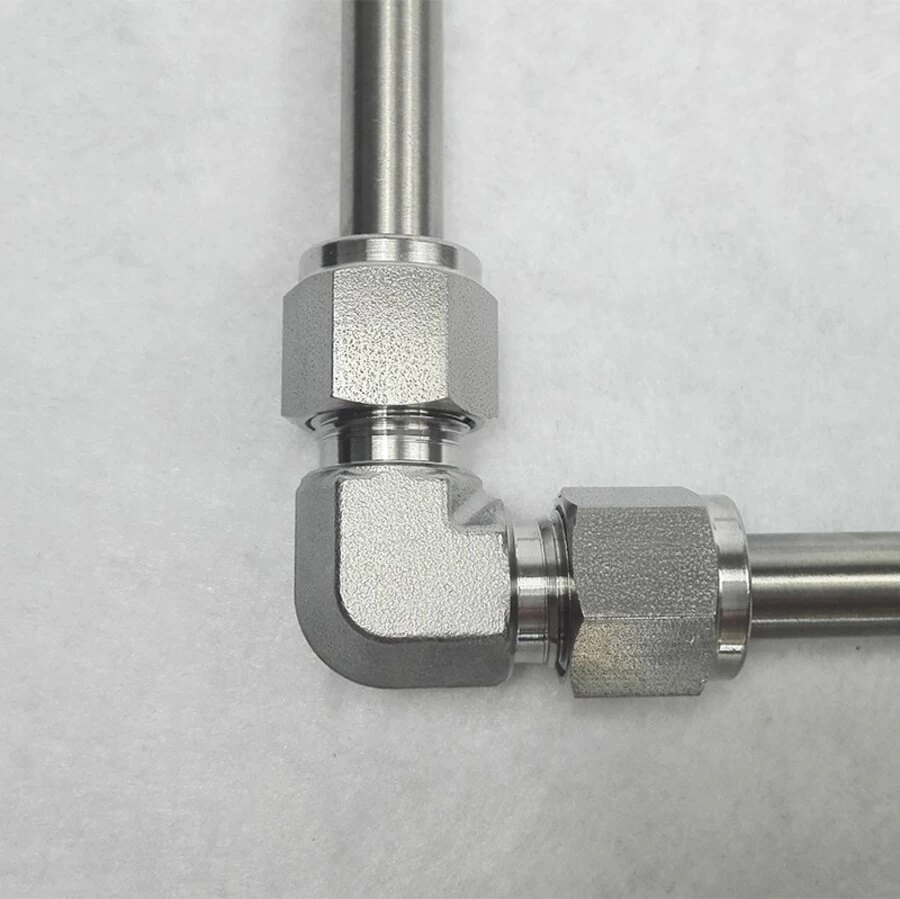How to prevent corrosion of stainless steel joints
Jason
2020-10-14 16:31:47
Stainless steel joint belongs to metal products. It is a kind of connector made of stainless steel plate, so it shows that it has the probability of corrosion. How to prevent corrosion of stainless steel joints?
The solution of corrosion resistance on the surface of stainless steel hose joint refers to the application of various methods to release the safety protection layer on the surface of metal. Its effect is to protect the metal and corrosive natural environment, so as to control the whole process of corrosion, or reduce the contact between corrosive substances and metal surface, so as to prevent or mitigate corrosion. The maintenance layer can meet the following requirements:
1. Corrosion resistance, wear resistance, high toughness.
2. The structure is compact, intact and small gap.
3. It is separated from the base metal firmly and has good adhesion.
4. The mean value is scattered and has a certain thickness. Maintenance layer is generally divided into two categories: metal coating and non-metallic coating. Metal coating refers to the maintenance layer composed of metal or aluminum alloy with strong corrosion resistance on the metal surface which is easy to corrode. This kind of coating is also called coating. There are many methods and types of metal coating, among which electroplating is the most common method, followed by molten metal immersion (hot plating) and organic chemical surface treatment. Non metallic coating refers to the use of organic polymer raw materials such as paint, and inorganic materials such as porcelain to form a maintenance layer on the surface of metal machinery and equipment or parts. The maintenance layer can protect the base metal and natural environmental substances in detail, and prevent the corrosion of conventional metals on stainless steel standard parts due to contact with corrosive substances.
The solution of corrosion resistance on the surface of stainless steel hose joint refers to the application of various methods to release the safety protection layer on the surface of metal. Its effect is to protect the metal and corrosive natural environment, so as to control the whole process of corrosion, or reduce the contact between corrosive substances and metal surface, so as to prevent or mitigate corrosion. The maintenance layer can meet the following requirements:
1. Corrosion resistance, wear resistance, high toughness.
2. The structure is compact, intact and small gap.
3. It is separated from the base metal firmly and has good adhesion.
4. The mean value is scattered and has a certain thickness. Maintenance layer is generally divided into two categories: metal coating and non-metallic coating. Metal coating refers to the maintenance layer composed of metal or aluminum alloy with strong corrosion resistance on the metal surface which is easy to corrode. This kind of coating is also called coating. There are many methods and types of metal coating, among which electroplating is the most common method, followed by molten metal immersion (hot plating) and organic chemical surface treatment. Non metallic coating refers to the use of organic polymer raw materials such as paint, and inorganic materials such as porcelain to form a maintenance layer on the surface of metal machinery and equipment or parts. The maintenance layer can protect the base metal and natural environmental substances in detail, and prevent the corrosion of conventional metals on stainless steel standard parts due to contact with corrosive substances.
